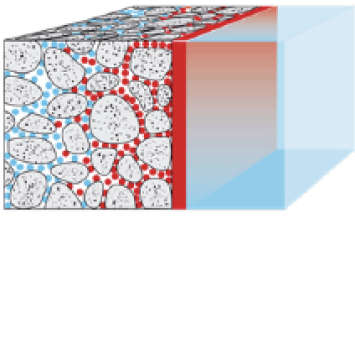Concrete has been used as a strong, durable building material for thousands of years, dating back to ancient structures that are still standing to this day. Yet, it has one fundamental enemy it can’t escape—water. As an uptick in humidity and rainstorms wash across many regions throughout much of the calendar, water infiltration can lead to issues such as below-grade…
Read MoreTag: corrosion
Contractor raises bar on acid resistant concrete structures
Structural fiber reinforced polymer-wise retrofit contractor Composite Construction LLC is targeting corrosion control at this month’s MINExpo 2021 in Las Vegas with the unveiling of a concrete formulated to withstand exposure to highly acidic and other corrosive compounds, no coatings required. ARC Acid Resistant Concrete is applied directly to an existing structure, giving it immediate protection in environments that are…
Read MoreASTM C13 standard probes microbially induced corrosion
Source: ASTM International, West Conshohocken, Pa.
ASTM C13 Committee on Concrete Pipe is set to publish C1894 Standard Guide for Microbially Induced Corrosion of Concrete Products, and finalize two proposed documents it references: WK69718 Standard Test Methods for the Determination of the Effects of Biogenic Acidification on Concrete Antimicrobial Additives and/or Concrete Products and WK69719 Standard Test Methods for the Chemical Resistance of Concrete Products to Acid Attack.
Read MoreFHWA PUBLISHES ALKALI-AGGREGATE REACTIVITY REFERENCE
From the Federal Highway Administration’s Focus newsletter… Alkali-aggregate reactivity (AAR) can occur in concrete structures and pavements as both alkali-silica reaction (ASR) and alkalicarbonate reaction (ACR). FHWA’s new Alkali-Aggregate Reactivity Facts Book (Pub. No. FHWA-HIF-13-019) discusses both types of reaction but concentrates on ASR, as cases of ACR are more limited.
Read More
